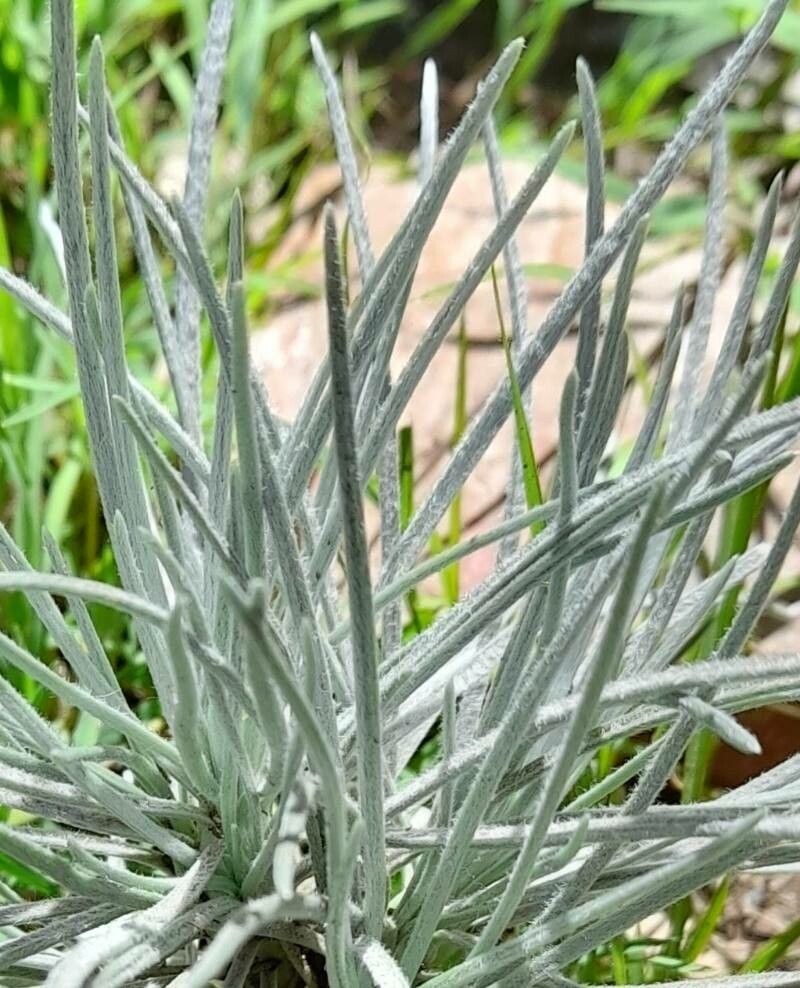Unlocking the Secrets of the Giant Plantago: Propagation Tips for Your Own Bismarck Palm
The Plantago bismarckii, also known as the Bismarck Palm, isn’t your typical houseplant. This majestic succulent, native to Madagascar, can reach towering heights of up to 20 feet, boasting striking silvery-blue leaves that resemble giant, sculpted fans. But the magic doesn’t stop there. The Bismarck Palm is a captivating conversation starter, its unique appearance captivating gardeners and plant enthusiasts alike.
But how can you bring this stunning plant into your own garden? The answer lies in propagation, the process of creating new plants from existing ones. Though it may seem intimidating, propagating a Bismarck Palm isn’t as daunting as it may appear.
The Seeds of Success:
For those embarking on a more hands-on approach, seed propagation offers a sense of accomplishment and the joy of witnessing life unfold. Here’s what you’ll need:
-
Fresh Seeds: Obtaining viable seeds is crucial. Seek them from reputable sellers or collect ripe seeds from mature Bismarck Palms. Remember, unlike many other plants, Bismarck Palm seeds don’t require cold stratification, so sow them directly into a well-draining seed starting mix.
-
Optimal Conditions: Sow the seeds in a shallow tray or pot filled with a mix of equal parts sand and peat moss. Place the container in a warm, sunny area, ensuring the mix remains consistently moist but not soggy.
- Patience is Key: Germination can take anywhere from a few weeks to several months. Keep the container consistently moist and warm. Once seedlings emerge, thin them out, leaving the strongest ones to flourish and provide the best chance of survival.
The Power of Offsets:
For a faster and more assured route, consider propagating your Bismarck Palm through offsets. These are miniature versions of the parent plant that develop at the base.
-
Identify the Offsets: Search for smaller plants growing from the base of your mature Bismarck Palm. They typically have their own root systems and are ready for separation.
-
Careful Removal: Gently dig around the base of the offset, loosening the soil and cutting the connection to the mother plant with a sharp knife or shears. Be sure to remove any damaged or dead roots.
- Potting Up: Plant the offset in a well-draining potting mix and place it in a bright, indirectly lit location. Water sparingly, allowing the soil to dry slightly between waterings.
Important Considerations:
- Patience and Timing: Propagation takes time, especially for Bismarck Palms. Don’t get discouraged if results aren’t immediate.
- Light is Key: Bismarck Palms thrive in bright, sunny environments. Ensure your seedlings and offsets receive ample light for optimal growth.
- Appropriate Watering: While Bismarck Palms prefer drier conditions, they need regular watering, especially during the growing season. Avoid overwatering, as this can lead to root rot.
Bringing a Bismarck Palm into your life is an exciting journey, and propagation provides a rewarding opportunity to nurture these magnificent plants from the ground up. With patience, dedication, and the right techniques, you can enjoy the beauty and grandeur of the Bismarck Palm for generations to come.
